CHARLESTON, S.C. -- One way to truly "know" a city is by studying its history. Another way is to study its food. Thankfully, Charleston is a city with an interesting array of both.
Just a little more than 100 miles from Columbia, Charleston is the perfect choice for a weekend getaway or a day trip. And there is no better way to discover Charleston's history - or its food - than by taking a tour.
My family has traveled to Charleston several times, and each time, the experience is as fresh and unique as the first. From the area's military history, to the excellent shopping areas, to family-friendly attractions like the aquarium, the city has something for everyone.
For my husband the history buff, we took one of the black history tours. The nearly three-hour bus tour took us through the city and to nearby James and Johns islands, where the tour guide shared with us the city's rich history.
We drove past plantations and even stopped by the site of several still-standing slave houses. He also gave us a brief overview of the origins of the famous play, "Porgy and Bess," some of it through song.
And sprinkled throughout his presentation was a lesson - and language - of the area's Gullah (sometimes called Geechee) people, which is the name for blacks who live in the Lowcountry region of South Carolina and Georgia.
Of course, one cannot truly experience the influence of the Gullah culture without experiencing the food, so after the tour, my husband and I shared a meal of Gullah rice, a meaty rice-based dish similar to New Orleans' jambalaya, and seafood casserole stuffed with scallops, crab and shrimp and smothered in cheese.
For those who prefer home cooking to history, check out one of the area's culinary tours. Our tour began with creamy stone ground grits and ended with hush puppies and fried okra. For those unfamiliar with Lowcountry cooking, this is the perfect tour if you want a taste of Charleston.
By the end of the tour we had sampled benne wafers - a crisp, slightly sweetened wafer made of sesame seeds, praline candy, gourmet chocolates and homemade Charleston chew candy.
But it wasn't all about the food. We also made a stop by Charleston City Market - an open air market that spans four blocks - and browsed through the vendors' various wares, which included spices, clothes, knickknacks, paintings, pottery and the city's famous sweetgrass baskets. The tour guide also pointed out some of the area's best restaurants before letting us peek into - and shop - at a culinary store that offers classes in Lowcountry cooking several times a week. The afternoon ended with stop at a local restaurant for generous helpings of fried shrimp, fried okra, red rice and hush puppies.
Editor's note: Visit www.sitesandinsightstours.com for information on the black history tours and visit www.culinarytoursofcharleston for information on the culinary tours. Visit Charleston's official travel site at www.charlestoncvb.com for more on the city's attractions.
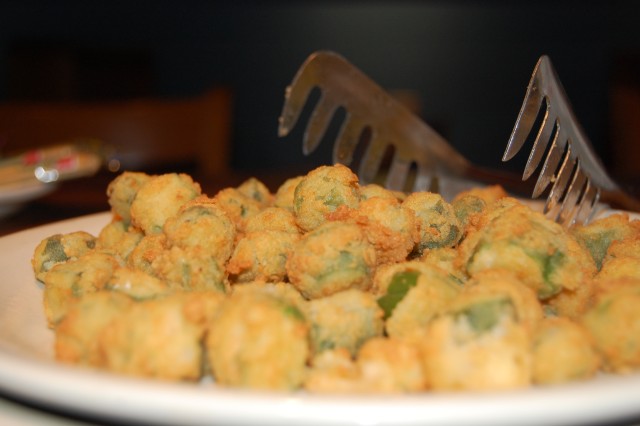
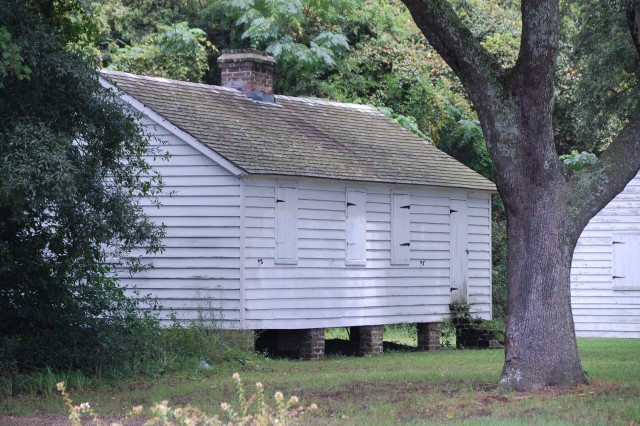
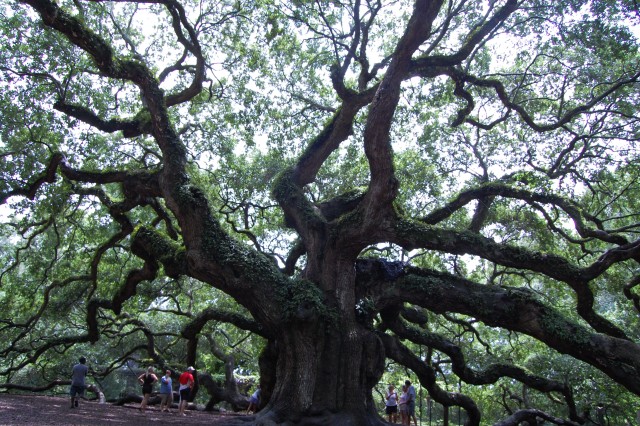
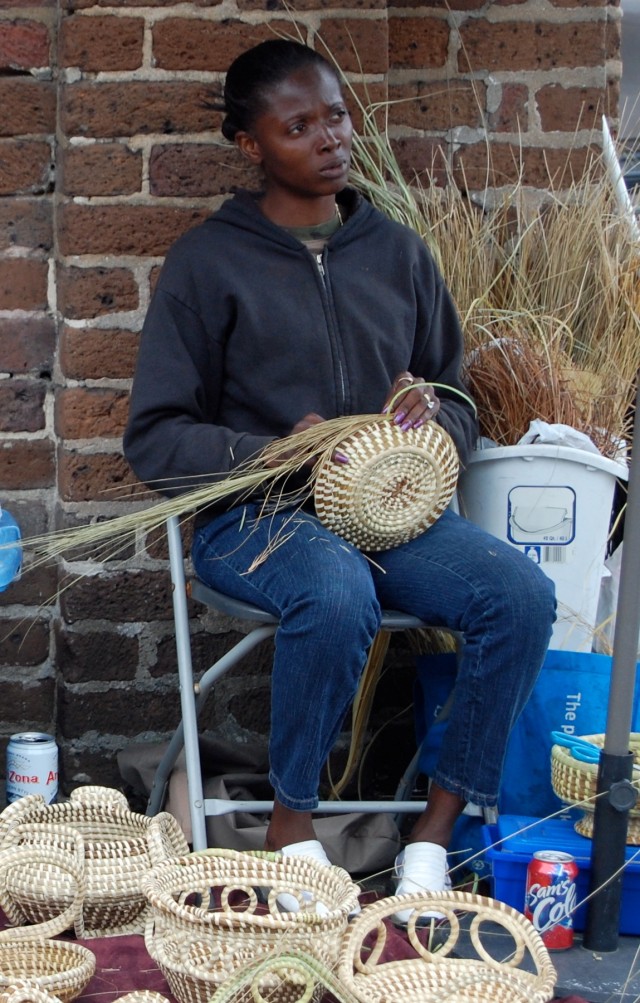
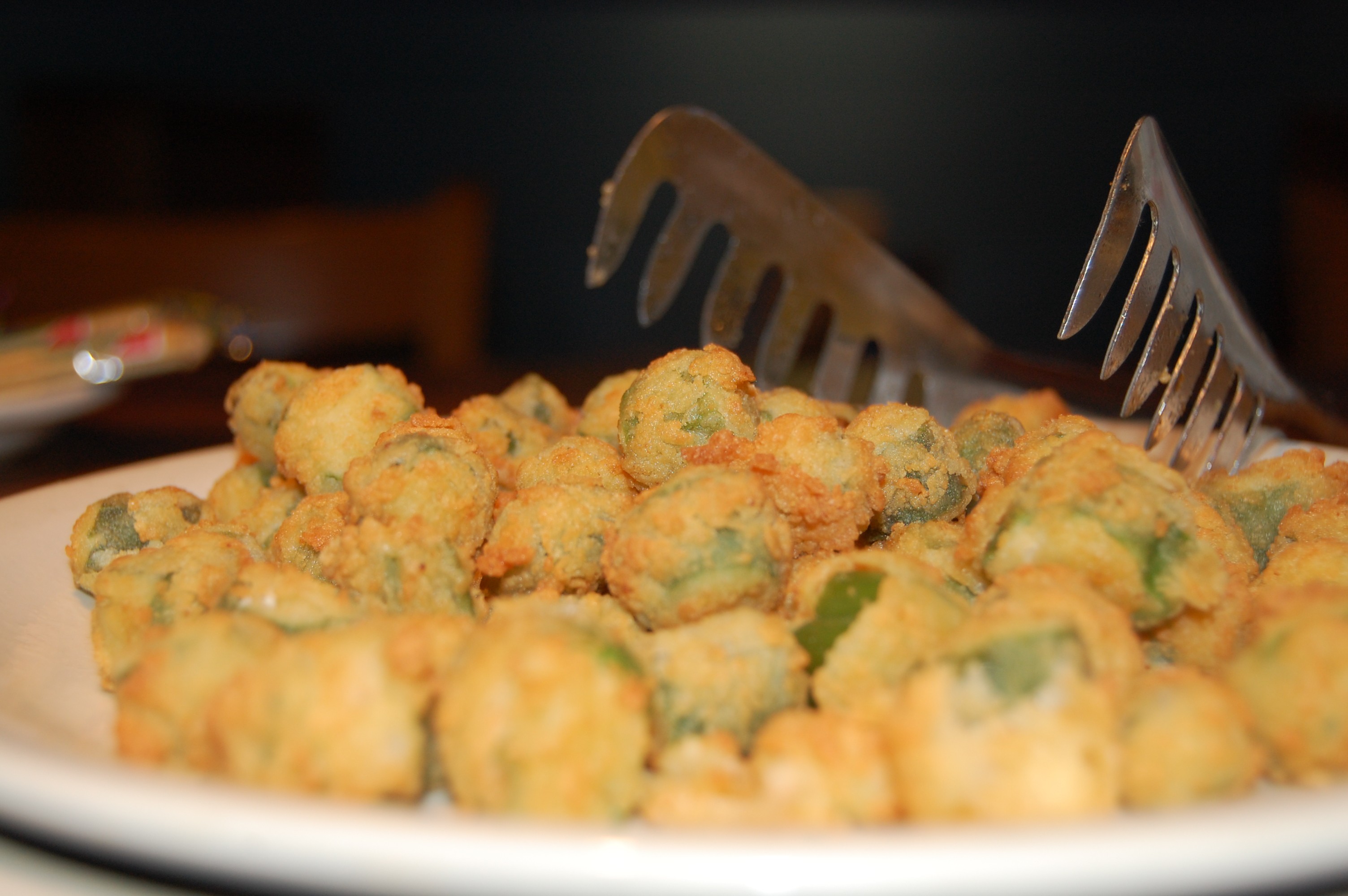
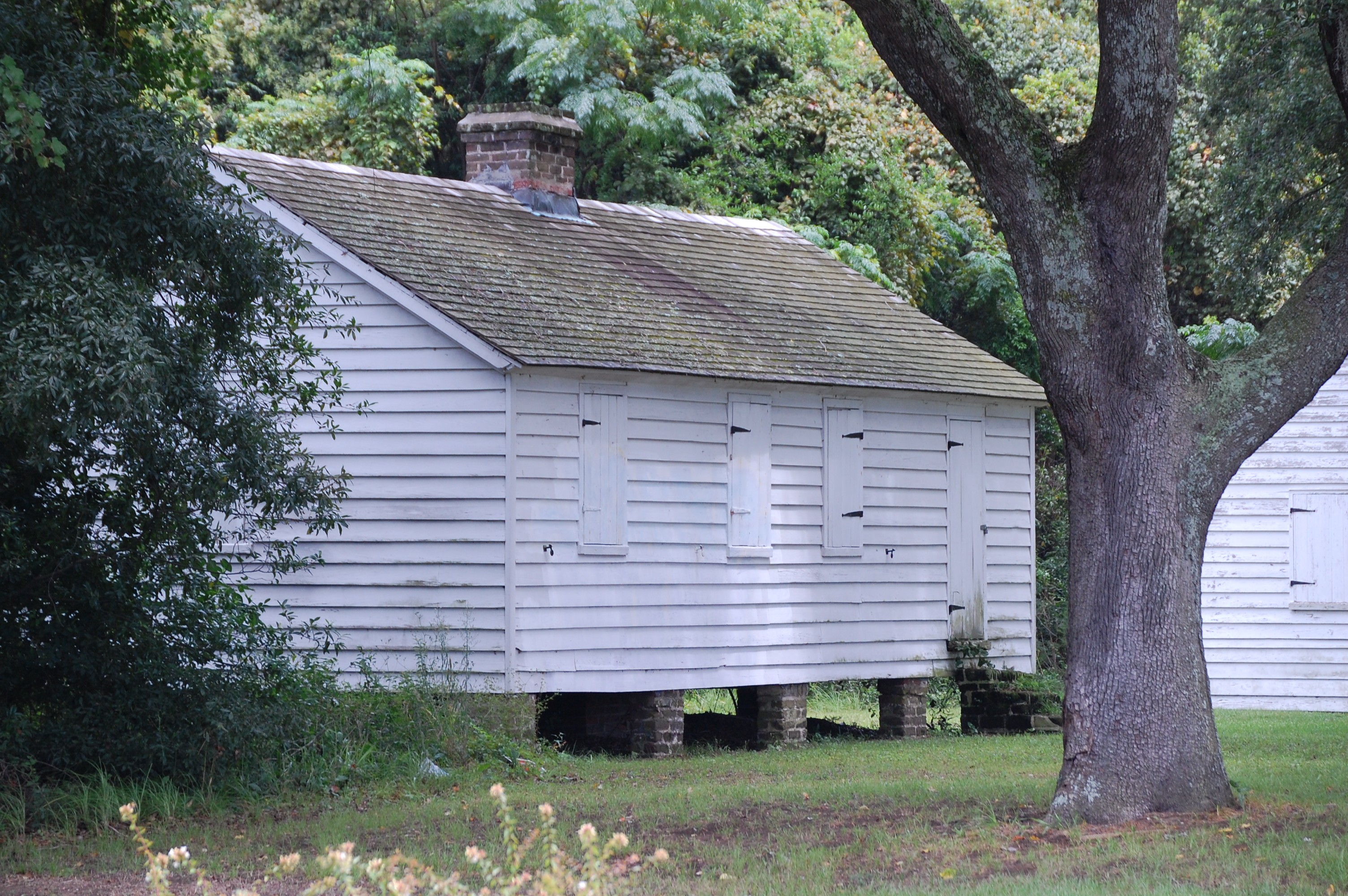
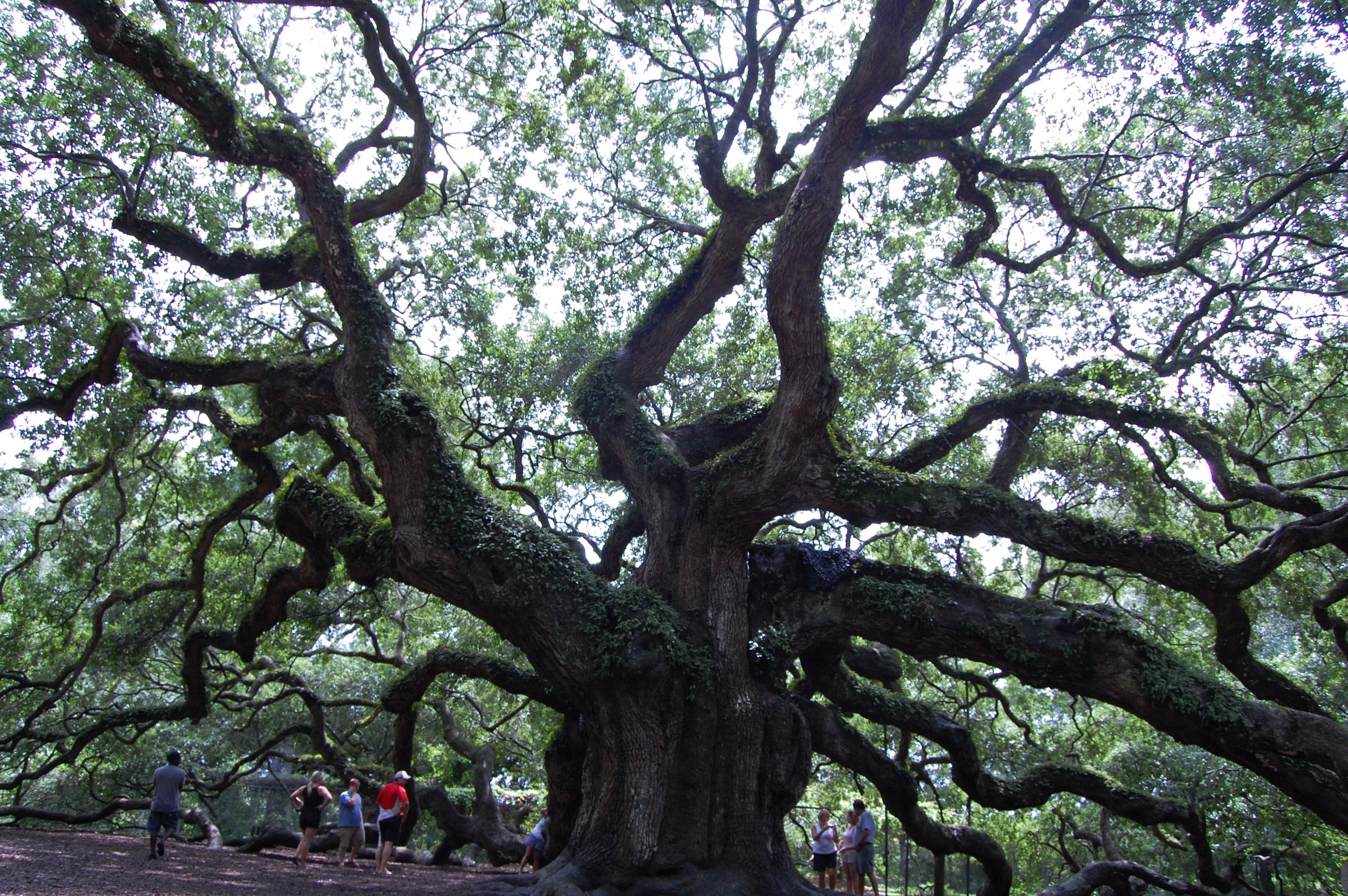

Social Sharing